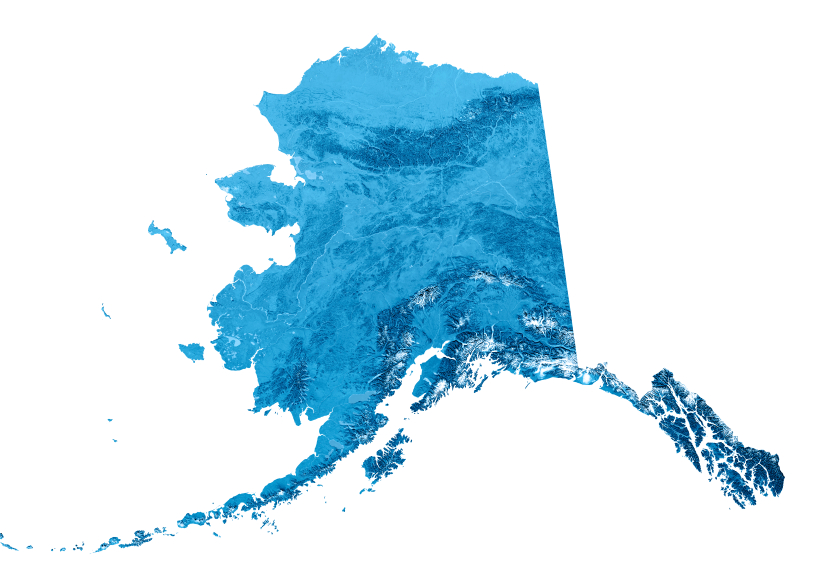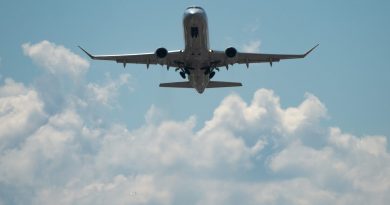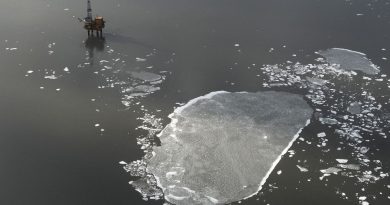Helicopter pilot dies in crash while helping fight Alaska wildfire

By
Fatality was the 1st related to Alaska wildfires in 22 years
A helicopter contracted to support firefighting efforts on an Interior Alaska blaze crashed after takeoff, killing the pilot, officials said Monday. The fatality was the first related to Alaska wildfires in 22 years.
The pilot was identified as Douglas Ritchie, 56, of Wasilla, Alaska, State Troopers said.
He was the lone occupant in a 1960 Bell 204B “Huey” helicopter that crashed Sunday night after taking off from an airstrip near the community of Anderson, about 130 kilometres southwest of Fairbanks, officials said.
Initial reports incorrectly said the crash occurred when the helicopter was landing, said Clint Johnson, the head of the National Transportation Safety Board (NTSB) Alaska division.
“He was in the process of hauling, sling-loading some material out to a fire,” Johnson said. “We understand that he brought the helicopter up to a hover, and that’s when the accident took place.”
He said they didn’t have additional details, but three NTSB investigators were en route Monday to the crash site.
12 years with company
The Alaska Division of Forestry and Fire Protection said it contracted the helicopter, which was operated by Northern Pioneer Helicopters, to help with the Clear Fire.
Ritchie had worked for Northern Pioneer Helicopters for 12 years and held the title of lead pilot, according to a short biography on the company’s webpage.
Helicopters used to support firefighting operations have a cargo hook on the bottom of the aircraft, and a 30-metre longline is attached to carry — or sling load — materials to the fire.
It wasn’t immediately clear if Ritchie was carrying supplies to support firefighting operations that would have been in a net or if he was carrying a water bucket to help douse the fire, said Alaska Division of Forestry spokesperson Sam Harrel.
“Wildland firefighters and aviators are a close community and are in support of the family, friends and co-workers during this tragic time,” the division said in a statement.
172 personnel working fire
The last firefighter to die was a smokejumper who was killed in a training accident in April 2000, Harrel said.
Troopers said they didn’t suspect foul play in Sunday’s crash, and Ritchie’s remains were sent to Anchorage for an autopsy.
The Clear Fire was at 39 square kilometres with minimal containment Monday, burning near the community of Anderson. Residents living in about 45 homes in three nearby subdivisions were ordered to evacuate Saturday, though the city itself was not under evacuation orders. The fire was 4.8 kilometre north of the subdivisions as of Sunday.
Lightning started the fire last Tuesday, and it is burning in a mix of tundra, brush, hardwood trees and black spruce. There are 172 personnel working the fire.
Related stories from around the North:
Canada: Fewer wildfires than average in 2021 in Canada’s Northwest Territories, likely because of high water levels, CBC News
Sweden: Swedish project uses satellites to help spot and monitor wildfires, Radio Sweden
United States: Indigenous wildfire knowledge to be key part of new Arctic Council project, Eye on the Arctic



